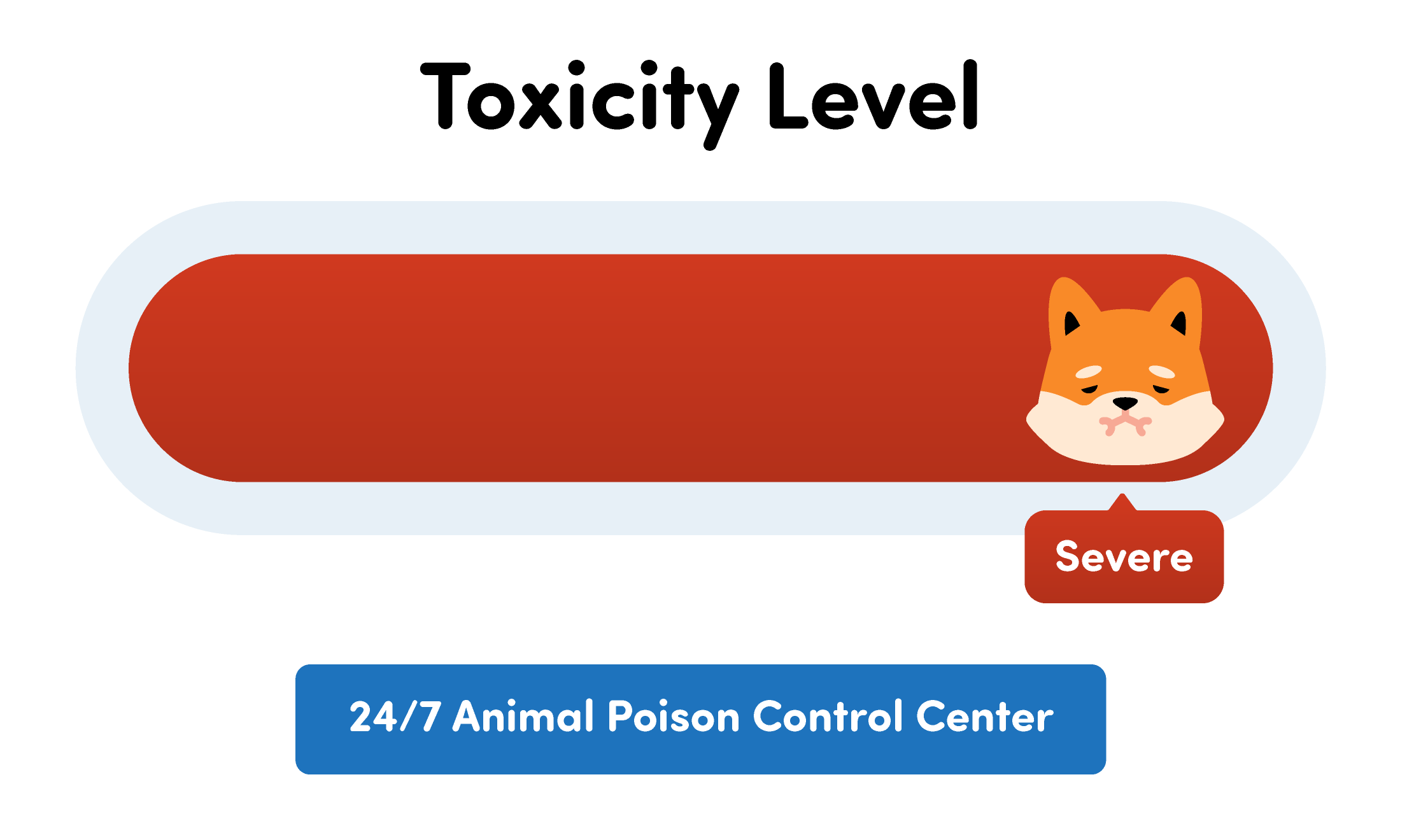Tulips are one of the most beautiful spring flowers ever! Do you have tulips growing in your garden? Are you worried your dog has eaten tulips? If so, then you’ve come to the right place.
Connect with a verified veterinarian in minutes. Licensed vets are available 24/7 to answer your questions. No need to worry about your furry family member.
We’ve put together some information about tulips and whether or not they’re toxic for your dog. Let’s get started!
What are Tulips?
Tulips are flowers that grow from bulbs, and they’re one of the easiest to grow! Tulips come in hundreds of types, colors, shapes, and sizes. These flowers are a member of the Liliaceae family. The name “tulip” is believed to be a Persian word that means “turban.” One thing that was surprising in researching this article is that tulips originated from Southern Europe to Central Asia.
While these flowers are beautiful, they contain substances that can be toxic if eaten. So, are tulips toxic for dogs?
Tulips & Dogs
All parts of the tulip can be toxic to dogs, but especially the bulb. This is where the highest level of toxins is found in the plant. The substances that are toxic are called glycosides. The main glycoside in tulips is called Tuliposide A (also known as Tulipalin A). This substance keeps protein from synthesizing in the cells.

Review symptoms, medications & behavior to keep your pets healthy with a Vet Online in just minutes.
Ask a Vet Live NowSymptoms of Tulip Toxicity in Dogs
You may notice these symptoms if your dog has eaten some tulips:
- Abdominal pain
- Cardiac arrhythmias
- Coma
- Depression
- Diarrhea
- Difficulty breathing
- Dizziness
- Excessive drooling
- Lethargy
- Seizures
- Tremors
- Vomiting
If your dog is showing any of these symptoms, then call the vet immediately. This is a life-threatening medical emergency.
Treatment of Tulip Toxicity in Dogs
At the vet’s, they will perform a physical exam of your dog. If your fur baby recently ate the tulips, then the vet may try to induce vomiting. They may also treat your dog with activated charcoal, along with gastric lavage.
Your dog will also need an IV for fluids and medications. He may also need to stay in the hospital for a few days to be monitored until his symptoms have resolved.
The prognosis is very good for a dog who receives prompt medical treatment for tulip toxicity. Recovery can take some time, depending on the severity of the poisoning.
While they are pretty, tulips can be deadly for dogs. If your dog seems to have a penchant for eating tulips, you may want to consider removing these pretty flowers from his part of the yard. Another option is to fence off part of the yard for your dog, so he can’t access the flowers.
Connect with a verified veterinarian in minutes. Licensed vets are available 24/7 to answer your questions. No need to worry about your furry family member.

Kim
Kim is a talented author, who loves animals especially dogs. She engaged in writing books and articles relating to animals a decade ago. Kim resides in Chicago with her husband and son. The family is the proud owner of a dog and a parrot (Jack and Lily). Kim wanted more than these two pets, but her husband put his foot down... She often visits elementary schools to talk to the kids about what she learned about pets and how they could learn from them.
Review symptoms, medications & behavior to keep your pets healthy with a Vet Online in just minutes.
Ask a Vet Live Now




